Introduction to the characteristics of Kenyan Coffee Flavor description of the brewing taste of Kenya washed coffee beans
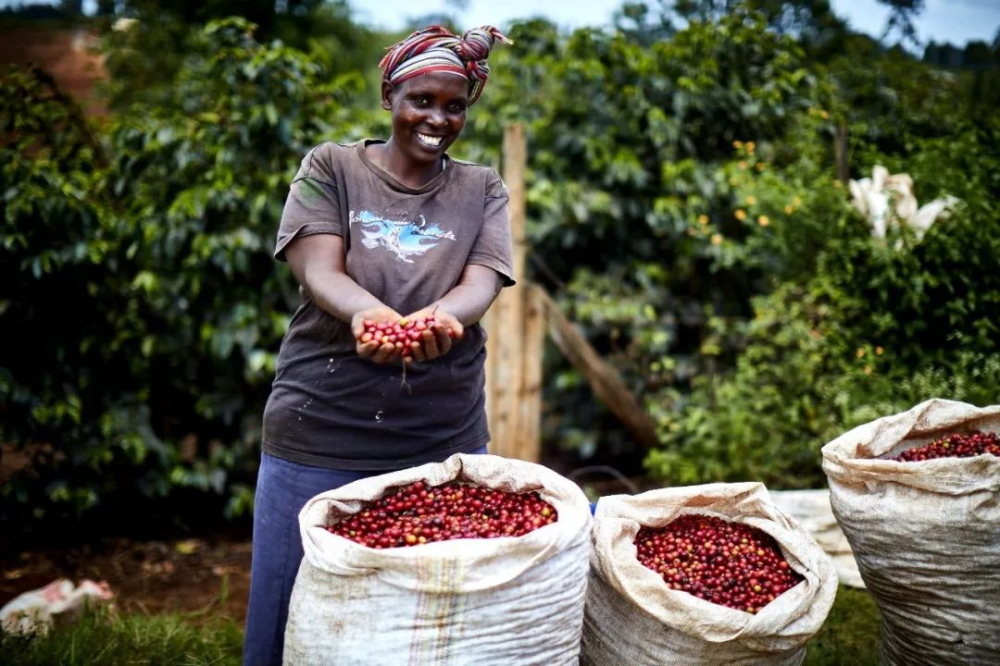
When it comes to sour coffee, the first thing that comes to mind in front of the street is Kenyan coffee, the entrance is full of small tomato flavor, black plum, dark berries, caramel, like a juicy sweet and sour taste, bright sour, forming a very complex coffee flavor experience. The amazing aroma of Kenyan coffee is inseparable from the local high-quality coffee selection and unique washing treatment.
Create a variety of Kenyan-style coffee
Unlike many coffee producing areas, Kenyan coffee beans are usually alphanumeric, such as the most common ones, SL28 and SL34.
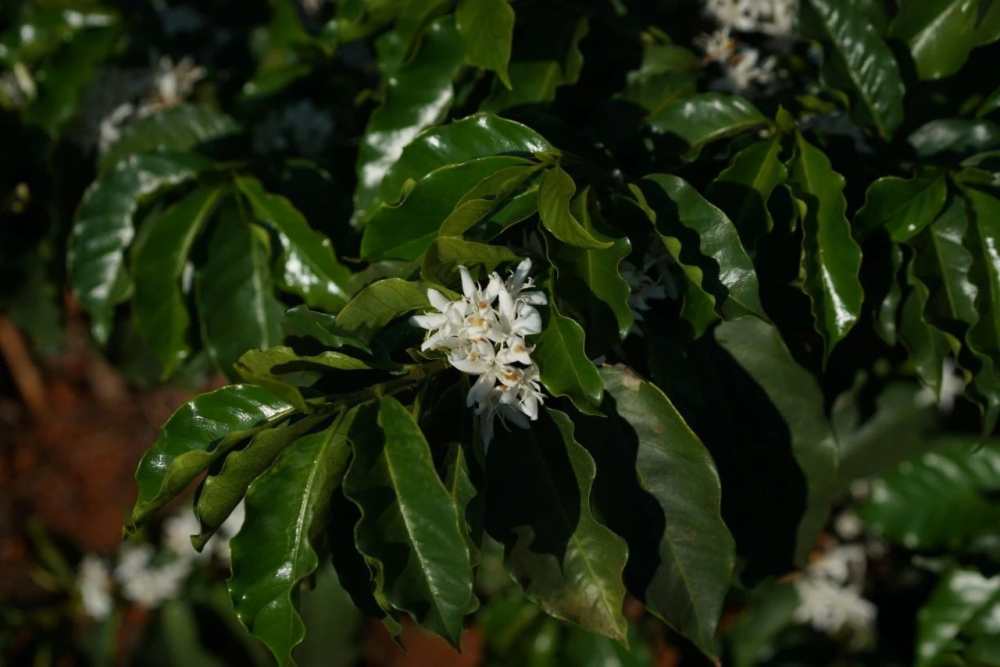
SL, representing Scott Laboratories, Scott Lab. In the 1930s, Scott Laboratories was commissioned by the Kenyan government to conduct research on the classification of coffee breeding, trying to find varieties that can adapt to Kenyan soil, can be used for large-scale cultivation and have commercial value. Although there are many kinds of coffee beans belonging to the SL series, there is no doubt that SL-28 and SL-34 are the two most popular boutique coffees. Two half-blood princes SL-28 and SL-34 defined Kenya's unique flavor: high sweetness, exquisite balance, significant citrus and black plum flavor, and full-bodied taste. The Asalia coffee beans on the front street bean list are made up of these two high-quality varieties.
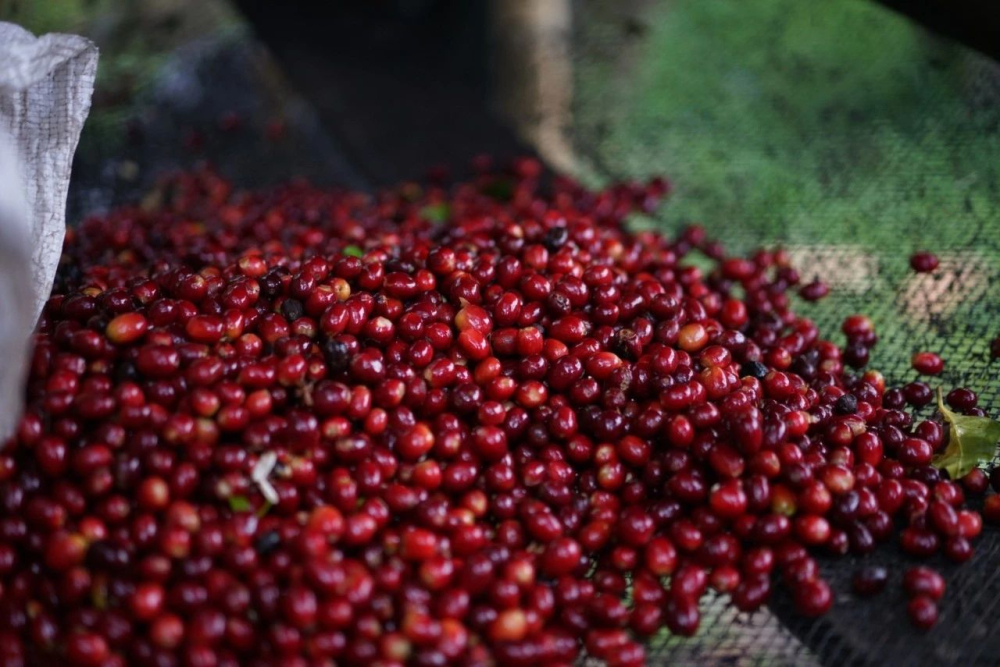
SL28 and SL34 are found all over Kenya, with SL28 mixed with beans such as bourbon, mocha, Yemen and Tibica, while SL34 has bourbon and more Tibica, which looks like SL28 but is more adapted to sudden African rains. Today, we order a single cup of Kenyan coffee in a cafe, basically nothing but these two varieties, and the two varieties are almost "mixed", so Kenyan coffee is basically a mixture of SL28 and SL34.
SL28 and SL34 are similar in flavor, with complex and changeable berry acidity and caramel sweet finish. Compared with SL28, SL34 has a heavier taste, more sour berries such as blackberries, and a balance of sweetness and sour with a caramel tail. When the temperature of SL28 cools down, it tends to be sour, such as blueberries, which rises slightly and has a higher sweetness, which is in line with the image of bourbon. Through cup test and comparison, we can find that the acidity of SL34 from the same area is milder than that of SL28,SL34, while the acidity of SL28 is brighter.
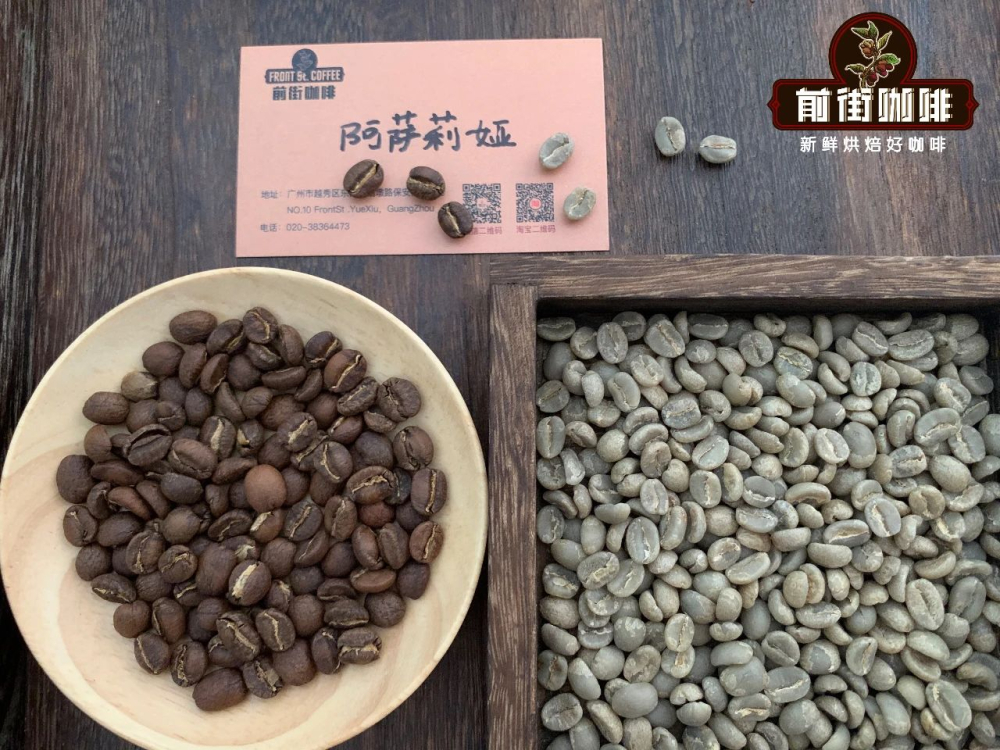
The characteristics of Kenyan washing
As one of the most important links in the coffee supply chain, different treatment methods play a key role in the quality and flavor of coffee beans. In the coffee industry in Kenya, primary treatment is mainly carried out in water washing stations. Many coffee-producing countries have washing stations, especially in Kenya, where most coffee beans are washed.
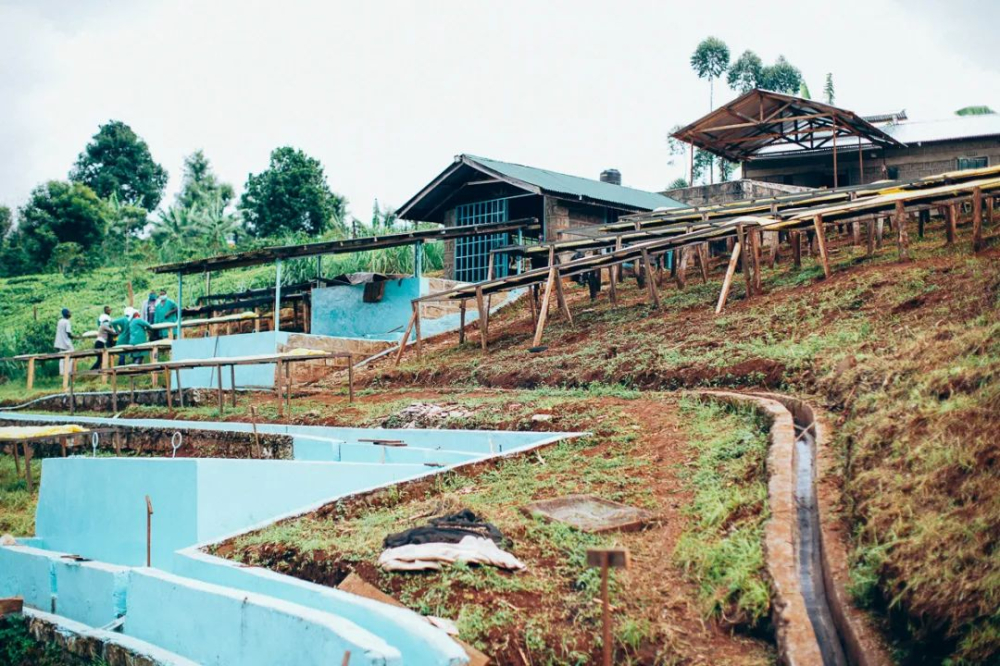
Many of Kenya's water washing stations are built on river banks so that they can easily get water to wash coffee. Their washing method is made after the same day of harvest, and the best quality coffee cherries are selected for peeling and fermentation. the fermentation time is 24 hours and washed with clean river water after 24 hours. Then, it is fermented again with clean river water for 24 hours, then washed, and after 3 cycles, it reaches 72 hours, so it is called Kenyan 72-hour fermentation water washing treatment, referred to as "K72". This multi-fermentation rinsing treatment makes Kenyan coffee beans show a cleaner and brighter acid.
The smell of washed Kenyan coffee beans
In baking, the front street is roasted in a light way, hoping to show the complex acidity and floral aroma of Kenyan coffee. In the cup test, Qianjie felt that this Asalia coffee bean has the flavor of virgin fruit and black plum, bright acidity, clean taste, medium body, outstanding mid-course sweetness, juice, raspberry and yellow sugar in the finish, and green tea aroma. Therefore, in brewing, Qianjie baristas also hope to maintain such a unique taste.
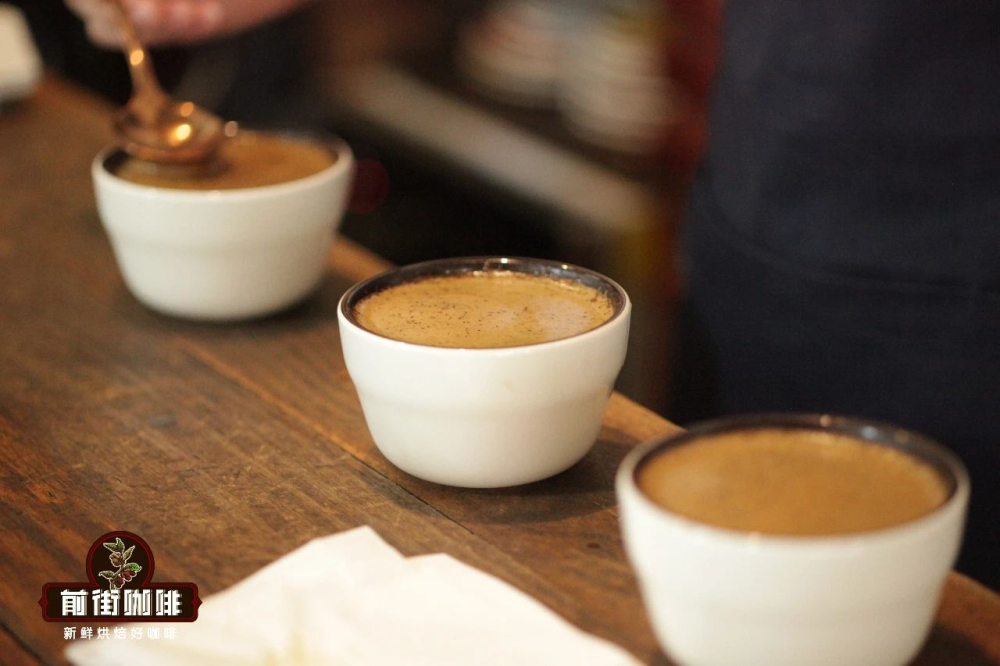
Shallow roasting does not change the high hardness of many coffee beans at high altitude, so it is necessary to improve the extraction rate in order to show a fuller flavor level. Here the front street will use higher water temperature and fine grinding degree to stimulate more aromatic substances.
In order to improve the extraction rate of Kenyan coffee, and then highlight the sweet and sour flavor level, while avoiding over-extraction, Qianjie baristas will use V60 filter cups. The body of the V60 filter cup has a diversion rib connecting the top and bottom and a large round hole in the center to accelerate the falling speed of the water flow, while the spirally shaped exhaust trough is designed to lengthen the flow path and increase the contact time of coffee powder and hot water. Each flow of water converges along the groove to the center of the filter cup, the pressure on the coffee powder is concentrated, and the extracted coffee is more layered.
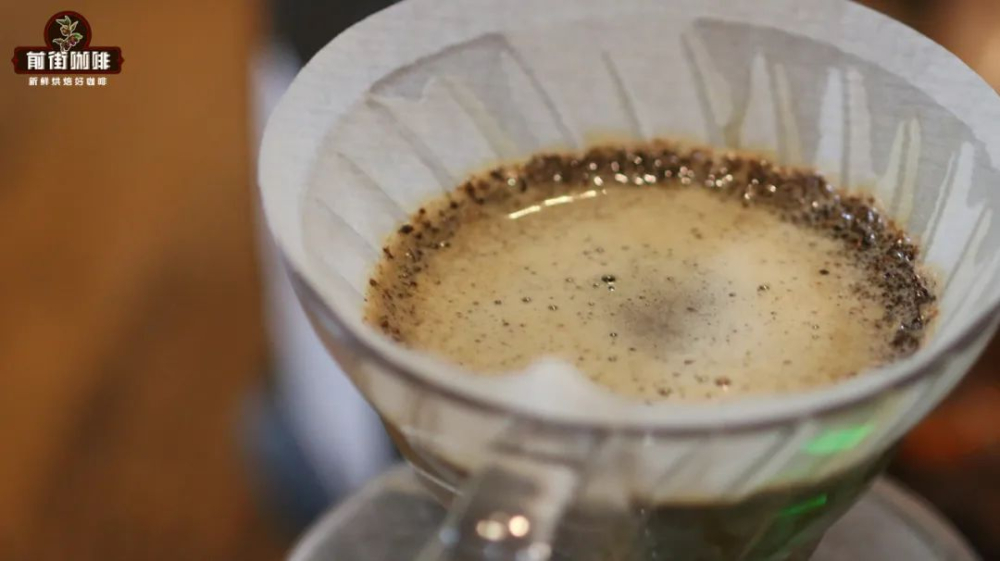
The following front street demonstrates the brewing steps of Kenyan Asaria coffee produced by the store. You can refer to and compare your own brewing ideas.
Front street hand punch parameters:
Filter cup: V60
Water temperature: 91-92 degrees Celsius
Powder content: 15g
Ratio of powder to water: 1:16
Degree of grinding: fine sugar size (20 sieve bowl sieve powder to 80%)
Steam 30 grams of water for 30 seconds, small flow around the circle to 125 grams of water injection stages, when the water level drop is about to expose the powder bed, continue to inject water to 225 grams to stop water injection, and so on when the water level drop is about to expose the powder bed, remove the filter cup, (steaming starts timing) the extraction time is 2: 00 ".
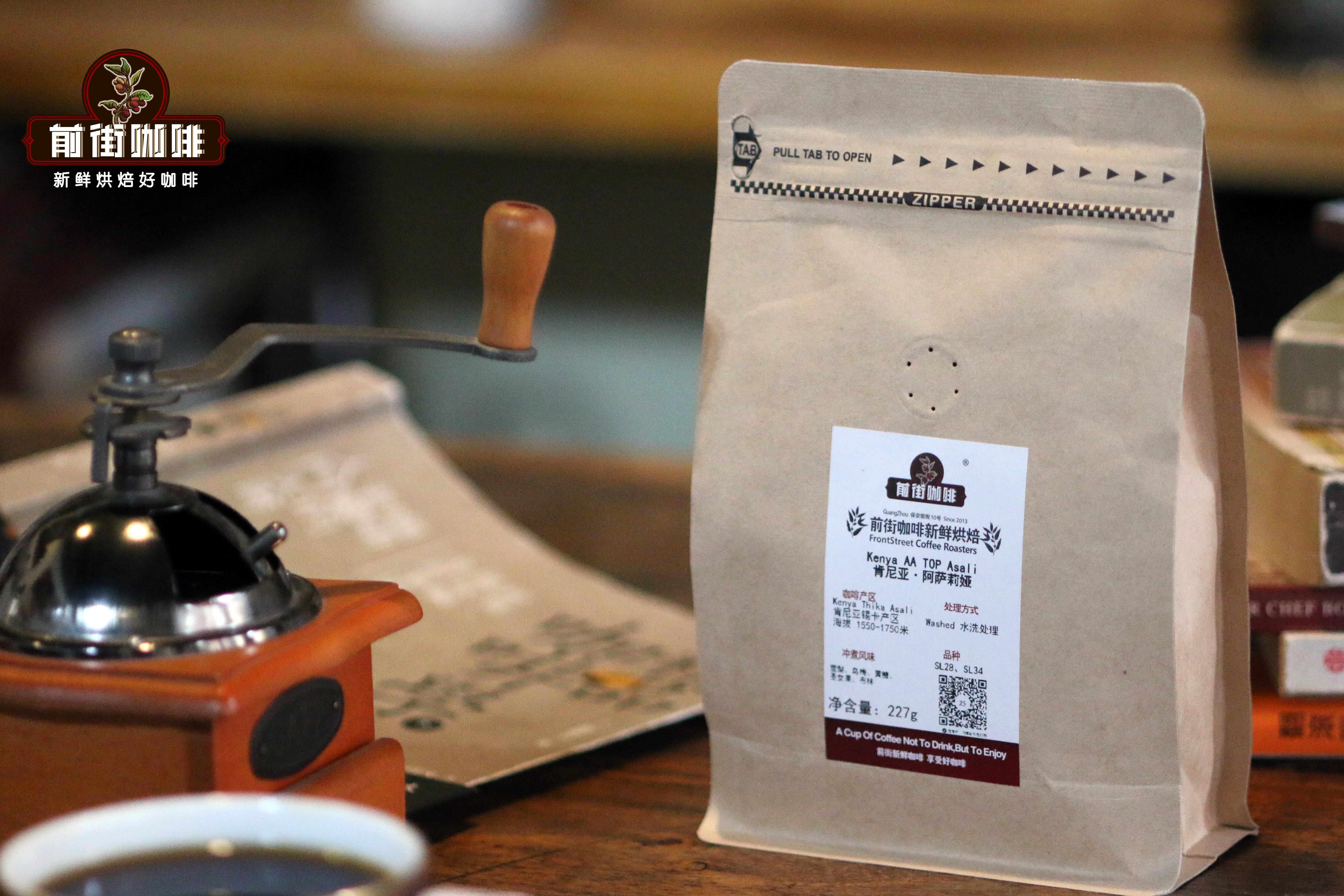
Dry aroma smells of honey and plum, wet aroma with ripe tomato and shallow floral aroma, entrance with bright acidity like virgin fruit, rich and solid taste, high sweetness of brown sugar in the middle, sweet and sour of berries and berries, and caramel at the end.
Professional coffee knowledge exchange more coffee bean information please follow the coffee workshop (Wechat official account cafe_style)
For more boutique coffee beans, please add private Qianjie coffee on Wechat. WeChat account: qjcoffeex
Important Notice :
前街咖啡 FrontStreet Coffee has moved to new addredd:
FrontStreet Coffee Address: 315,Donghua East Road,GuangZhou
Tel:020 38364473
- Prev

10 categories of Coffee Flavor Wheel introduction of how to describe Coffee Flavor Wheel
The analysis of 10 categories of coffee flavor wheel how to think of coffee taster flavor wheel is one of the indicators developed to subdivide and express coffee taste. If you know what each category points to, then you can enjoy more coffee! Now, let's take a look at the coffee taster flavor wheel category. What?
- Next
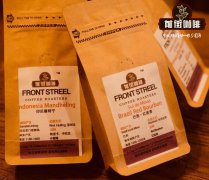
Do coffee beans have the same shelf life as coffee powder? How can coffee powder be stored for longer?
Do you buy beans when you buy coffee? Or buy powder? I don't want to spend a lot of time drinking coffee at home, but beans are different from flour. Here, I want to explore the difference between coffee powder and coffee beans in order to enjoy delicious coffee. What are coffee beans? coffee beans are the seeds of coffee cherries collected from coffee trees. Raw beans and heat-treated baked beans can be classified.
Related
- Beginners will see the "Coffee pull flower" guide!
- What is the difference between ice blog purified milk and ordinary milk coffee?
- Why is the Philippines the largest producer of crops in Liberia?
- For coffee extraction, should the fine powder be retained?
- How does extracted espresso fill pressed powder? How much strength does it take to press the powder?
- How to make jasmine cold extract coffee? Is the jasmine + latte good?
- Will this little toy really make the coffee taste better? How does Lily Drip affect coffee extraction?
- Will the action of slapping the filter cup also affect coffee extraction?
- What's the difference between powder-to-water ratio and powder-to-liquid ratio?
- What is the Ethiopian local species? What does it have to do with Heirloom native species?

